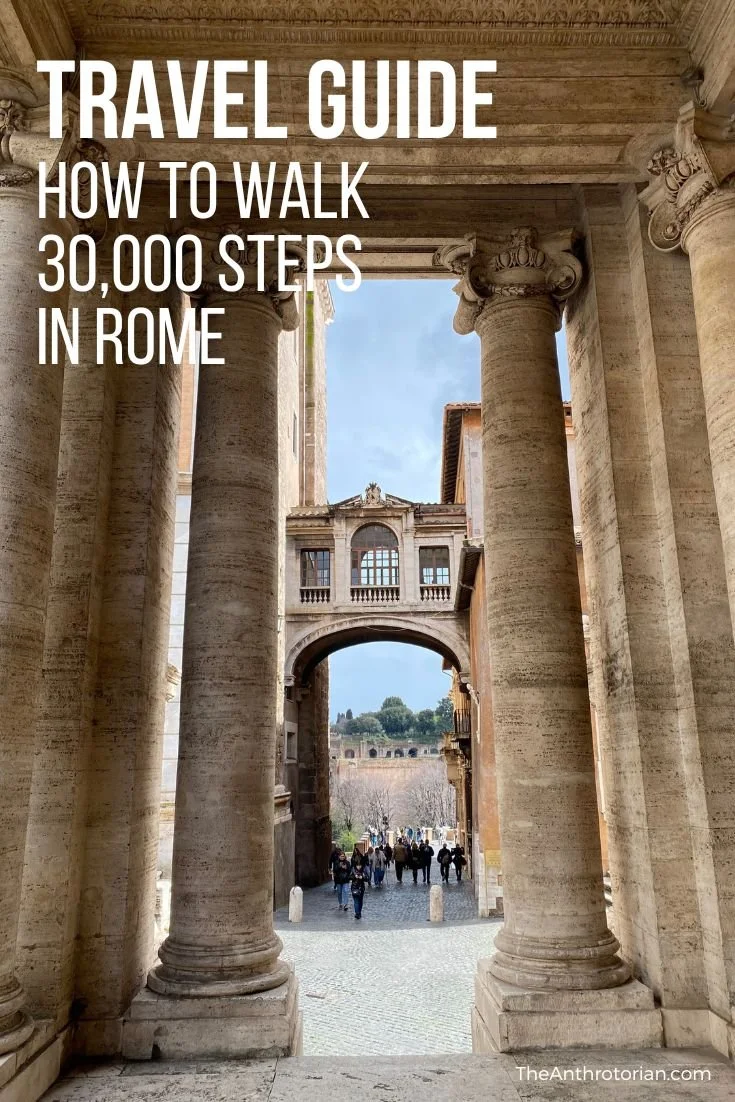In 1501, Michelangelo (yes, the same guy who painted the famous Sistine Chapel located in the Vatican in Rome) accepted a commission to carve a marble sculpture of the biblical David to be placed high atop a buttress on the Florentine Cathedral.
Interestingly, the commission was originally offered to Leonardo da Vinci who rejected it on the grounds that he despised marble sculpture as an inferior art, good only for artisans —(shockingly) he and Michelangelo were NOT best friends.
“He scampered up and down the ladder as lightly as a cat, working the stout neck, heroic head and mass of curls from the top of the scaffold, carving the spine with great care to indicate that it carried and directed the whole body and was the mainspring of all movement. There could be no part of the David that was not palpable, and perfect.”
It took four years for Michelangelo to carve the famous sculpture out of an 18-foot-tall marble block that had been damaged by another sculptor during the 1460s. Upon its completion in 1504, it was so admired by the people of Florence that they decided to place it in the square next to the Palazzo Vecchio, the seat of the Florentine government, instead of on top the Cathedral.
The MAIN reason behind this relocation decision, however, was because of what the statue represented to the citizens of Florence.
If you are not familiar with the David and Goliath story, it is from the Bible and tells a tale of the power of "right over might". This sculpture represents the character David who by slinging a rock at the giant Goliath, kills him and, in doing so, saves his people.
Though David had been sculpted by many other artists (Donatello and Bernini both carved the subject) he is usually represented after the fight, with David being depicted as a triumphant hero.
For the first time, Michelangelo depicted his David pre-battle.
With a slingshot over his shoulder, a rock in his hand, tense muscles, and a concentrated gaze, this David seems to be psychologically preparing for the danger ahead.
Why was this so meaningful to Florence at the time?
Italy was not a peaceful, united country in this era. The main cities were ruled by powerful families that were always trying to come up with new ways to conquer each other.
At the time that the David was completed, the Florentines had recently fought a war (and won) against the combined forces of Milan, Siena, and Pisa — the little guy conquered a larger foe!
It took FOUR days to move the statue (VERY CAREFULLY!!!) on tree trunks down the narrow streets of Florence, from Michelangelo’s workshop to the Palazzo Vecchio. And there it sat until 1837 when it was replaced by a copy and moved into the Galleria dell’ Accademia to protect it from the elements.
It is said that when carving David, Michelangelo wanted to ensure that the sculpture would convey beauty and emotion from every angle.
As someone who has seen this famous work, in person from ALL angles (ahem…) I can tell you that this goal was not only achieved, it was surpassed.






